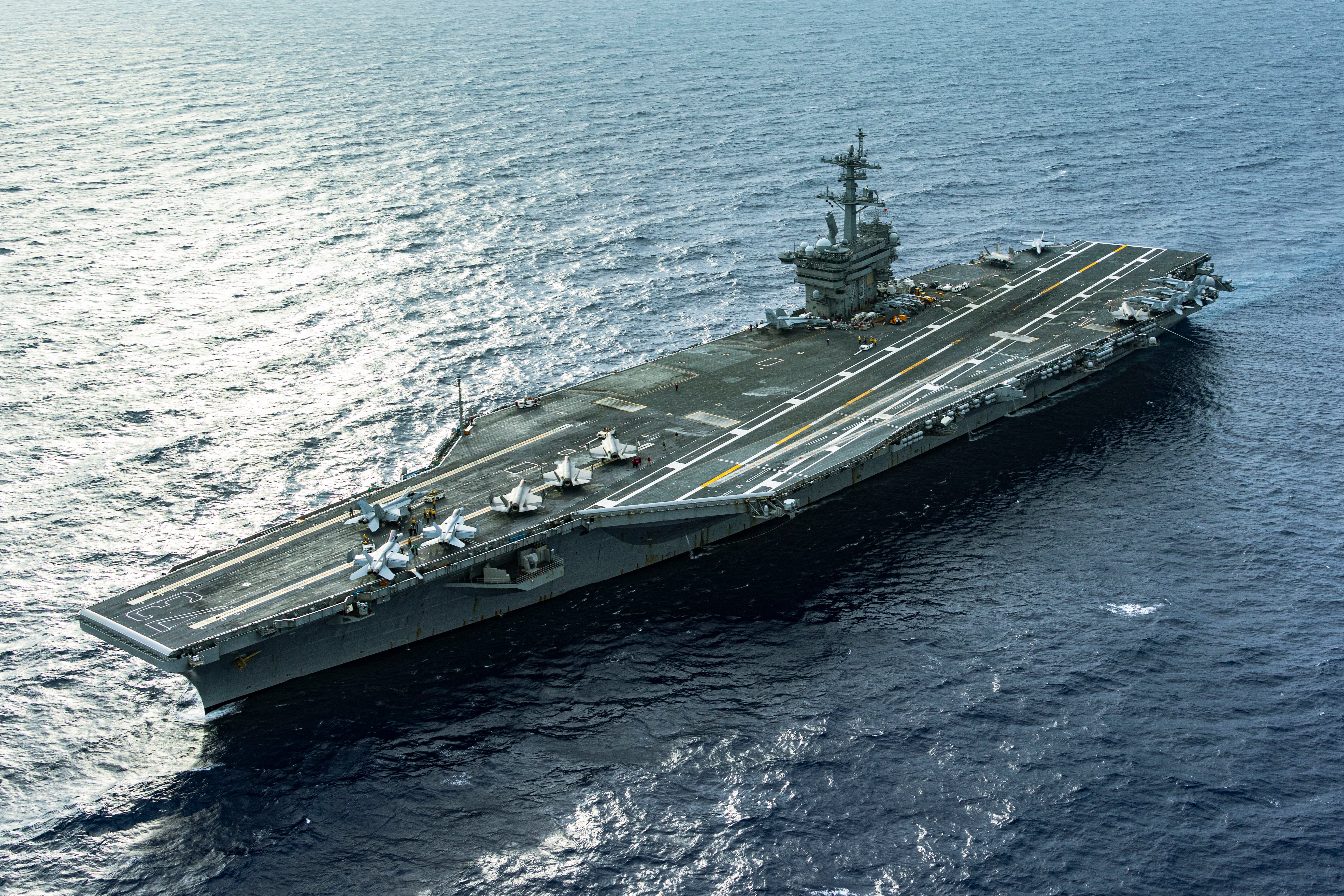In early December the Marine Corps will hold a board of inquiry to determine the fate of a former Marine battalion commander whose actions may have played a part in a deadly 2020 amphibious assault vehicle sinking, according to a Marine spokesman.
Lt. Col. Keith Brenize had been the 3rd Assault Amphibian Battalion commander when the unit had been tasked with sending a platoon to the 15th Marine Expeditionary Unit.
After that platoon had attached to the MEU, an AAV had sunk on July 30, 2020, while transporting infantry Marines from San Clemente Island, California, to the transport dock Somerset after completing a training raid. Eight Marines and one sailor had died in what was deadliest AAV training accident in Marine Corps history.
“A Board of Inquiry will be held aboard Marine Corps Base Quantico on Dec 6-10, 2021, for Lt. Col. Keith Brenize to show cause for retention in the Marine Corps,” Capt. Sam Stephenson, a spokesman for Marine Corps Training and Education Command, told Marine Corps Times on Wednesday.
RELATED

A board of inquiry consists of senior officers who all outrank Brenize and will look into the Marine’s alleged misconduct.
On June 19, 2020, Brenize left 3rd AA Battalion and came under Training and Education Command.
While several factors had been found to play a role in the AAV’s sinking, an investigation into the formation of the 15th MEU by Lt. Gen. Carl E. Mundy III, had found that serious training and maintenance lapses within the 3rd AA Battalion may have played the biggest part.
The Marine “did not convey the significant risks in his command related to the AA platoon, specifically its declining materiel readiness and lack of predeployment (waterborne) training opportunities and (Marine Corps combat readiness evaluation) or other formal evaluation,” Mundy said.
The board requires a lower standard than a court-martial trial to find a Marine guilty of misconduct.
“The members of the board, by majority vote and by a preponderance of evidence standard, will make a recommendation to the Commanding General, Training and Education Command,” Stephenson said.
Brenize had enlisted in the Corps in 1994 as a reservist and had commissioned as an officer in 2000, making him eligible for retirement.
If the board recommends Brenize for separation, it also will provide a recommendation on his retirement grade, according to a Marine Corps Order.
The recommendations must then be endorsed by every member of Brenize’s chain of command from the first general officer to secretary of the Navy or the assistant secretary of the Navy for manpower and reserve affairs.









